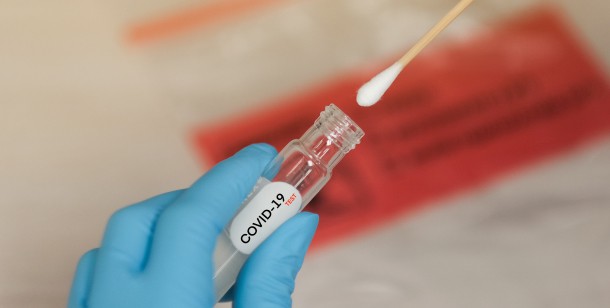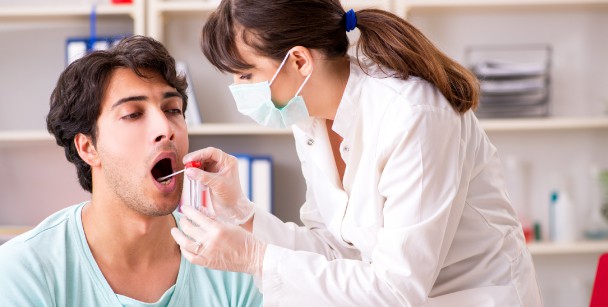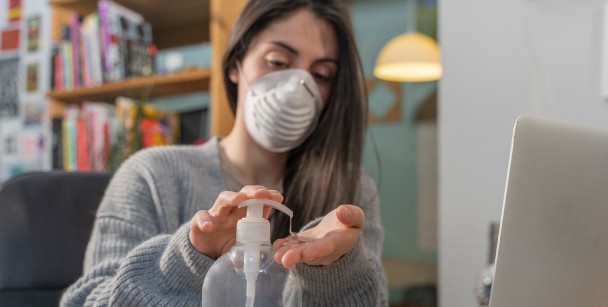In recent months, the coronavirus outbreak has been a source of fear and uncertainty around the world. Many are looking for information on how to prevent spread and crack coronavirus myths, but it isn’t always easy with the constant onslaught of information. And although government and health departments try their best to be a trustworthy source of news, it is often hard to compete with false information being published.
With pressure being put on some people to return to work, school, and to resume normal routines, ordinary people are questioning the safety of this plan without accurate information on who is sick and potentially spreading the virus. As such, one of the biggest questions that many people have about the coronavirus outbreak is testing, how it’s done, and its accessibility. Because testing helps to identify and thus isolate and care for those who are ill, it is the most effective way to contain the virus. Keep reading to learn more about testing, swabbing for COVID-19, and when you should get tested.

What Kind of Tests Are There?
There are two types of testing currently available in the United States for COVID-19: viral tests and antibody tests. A viral test tells you if you have a current infection while an antibody test tells you if you had a previous infection. While an antibody test may not be able to show if you have a current infection, it can help you to know if others you may have come into contact with need to be tested. They can also potentially indicate if you have any protection against reinfection. These tests can be performed at testing sites without risk of infection, often without even having to leave your vehicle.

How is Testing Done?
Testing for COVID-19 can be done by sample collection in a few ways, with some being more comfortable than others. Swab testing is reported to be the most uncomfortable. This method involves inserting two nasopharyngeal swabs deep into the nasal cavity to get a sample; now, it has been advised that only one swab suffices for a sample. This method, while currently the most widely used in the country, is certainly very uncomfortable. Saliva testing is another way to get accurate test results. Health care workers performing this type of testing will retrieve a saliva sample from just inside the mouth. And while swabbing for COVID-19 is still considered an accurate test, in some cases saliva samples have shown to be more accurate and consistent. Antibody testing is done by testing blood samples usually taken from a vein in the arm.

When To Get Testing For COVID-19
The last thing that testing sites need is for an onslaught of people rushing to get tested even if they don’t need it. But still, the Centers for Disease Control recommend exercising caution; if you suspect that you are experiencing coronavirus symptoms or worry you have come into contact with someone that may have been sick, it is probably the best course of action to isolate yourself and get tested. Taking these precautions might seem excessive if you haven’t received a positive test result, but it is better to be safe than sorry.
Get Tested Today
At Village Emergency Centers, we believe that everyone, regardless of their circumstances, should have access to affordable COVID-19 testing to help prevent the spread of the virus. Understanding the importance of COVID-19 testing, we have tests readily available. If you’re concerned that you or a loved one may be infected, we offer no-contact testing to provide you with quick and accurate results without the wait or risk.
With convenient locations in Jersey Village, and League City, our testing services are not only affordable but also easily accessible. For questions about our testing process and prices, contact Village Emergency Centers today. If you want to learn more about the coronavirus in Houston or how to prevent infection, explore our other blog posts or give us a call. We’re here to help you stay safe and informed.
